Epipremnum aureum, commonly known as pothos, is a vine popularly grown as a houseplant that may be hung, draped, or simply potted in cluster form to enhance any indoor area. If you'd enjoyed the pothos but now observe its leaves turning black, you probably wonder what to do. We've compiled pertinent information regarding its care, maintenance, and general health issues like leaf discoloration.
Pothos leaves blacken due to too much or too little water, temperature changes, overexposure to light, pests or disease, and over-fertilizing. This may be remedied by regulating the amount of water, relocating your plants in partially lit and humid areas, applying pesticides, and decreasing fertilizer use.
Before we address and fully discuss the main issue, an overview of pothos would enable you to fully appreciate their features, characteristics, and aesthetic application.
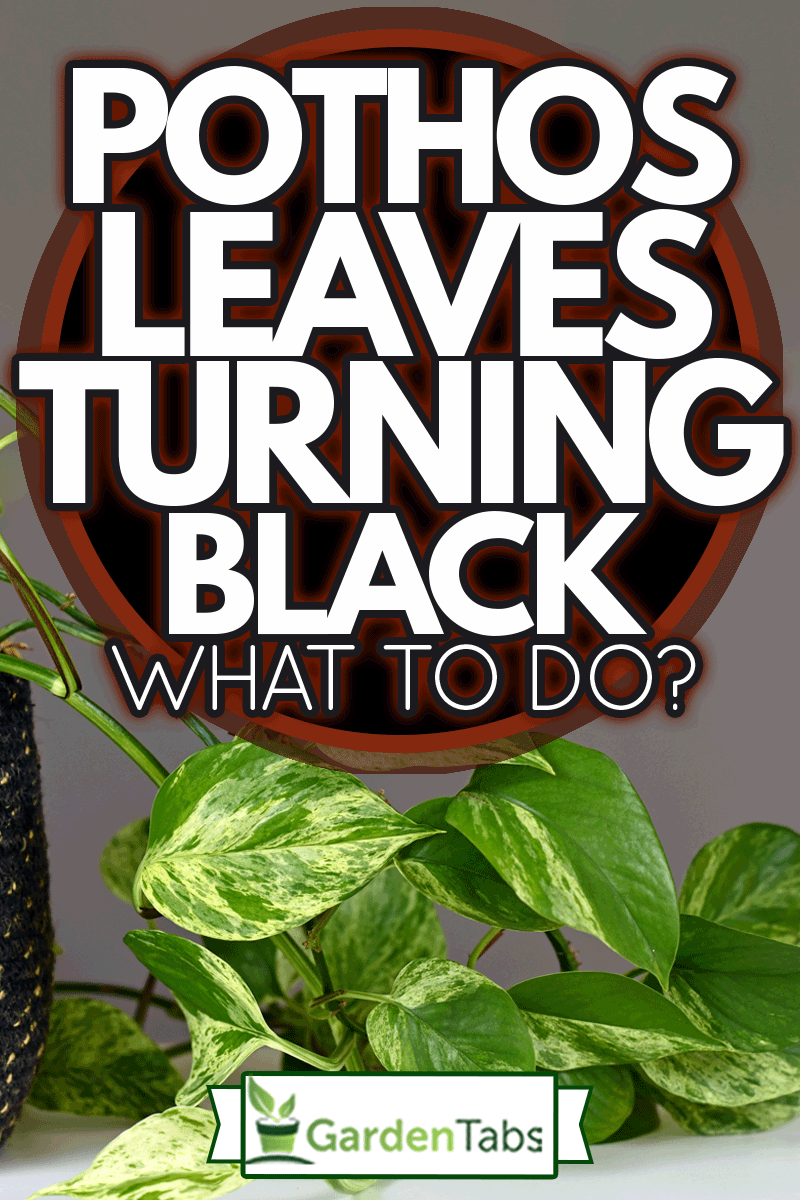
What Are Pothos?
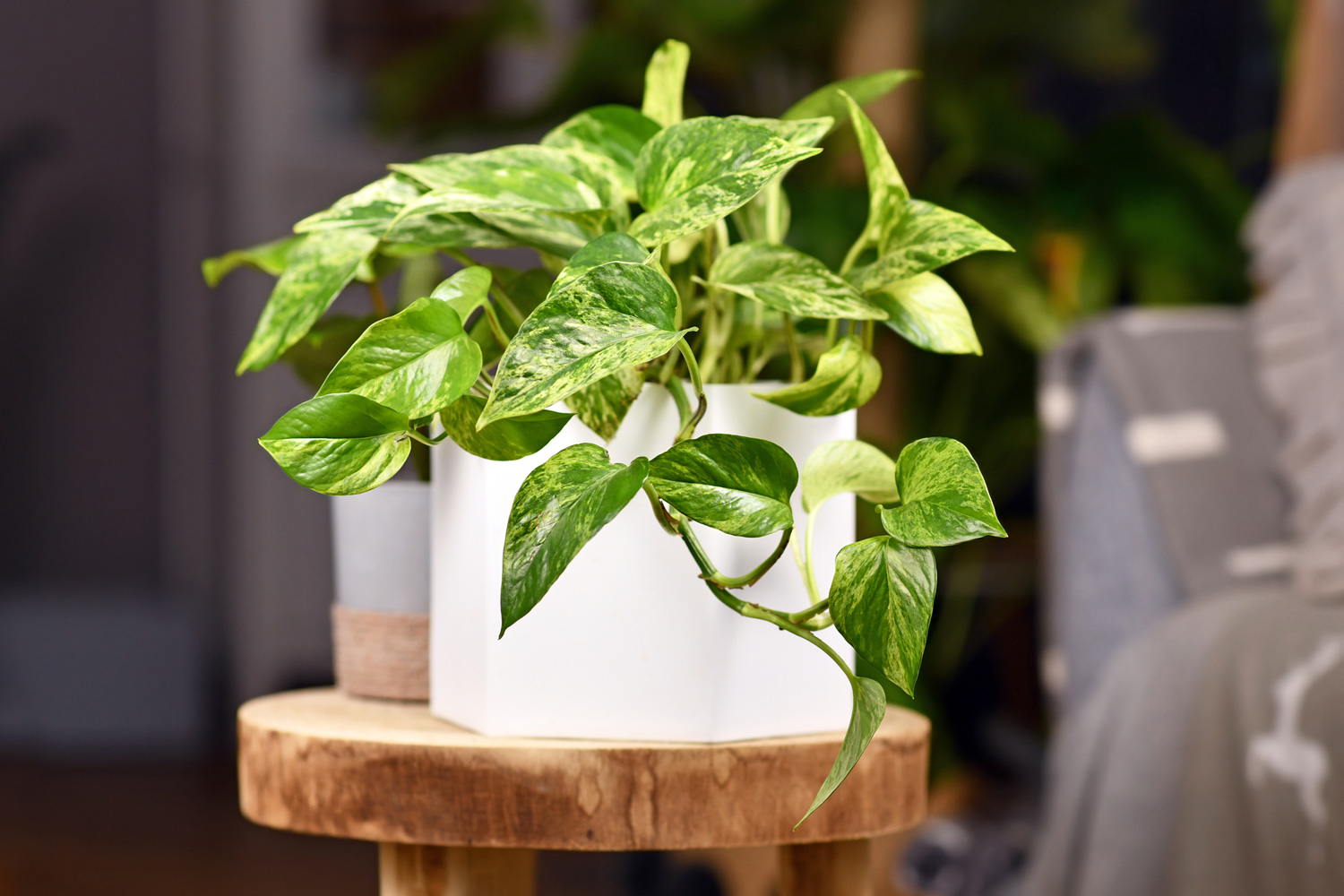
Pothos, also known as money plant, silver vine, ivy arum, or devil's ivy is a popularly cultured houseplant due to its beauty, versatility in presentation, and relatively easy maintenance. It is an evergreen vine that features alternate heart-shaped leaves on stems that grow several inches in a month.
Some species present with variegation or distinct white and yellow patterns on the leaves, while most varieties exhibit a plain deep green hue. Aside from its inherent aesthetic use as a decorative display in homes, offices, malls, and other areas, pothos absorbs and removes indoor pollutants, making them a good fixture to purify the air.
Care And Maintenance
Pothos are easy to care for, but they still require basic elements of water, light, nutrients, and environmental temperature.
Pothos grow naturally in tropical forests; they attach themselves to trees and thrive in humid and partially shaded environments. They are noted, however, to be able to adapt to growing conditions outside of their natural habitat.
Here is a general guideline on how to properly grow your plant.
Watering
When grown indoors, experts recommend that they be watered once a week during the summer and every two weeks in the colder months. Take note that this is just a general guideline, conditions vary, and it is best to monitor the soil moisture frequently.
As with most indoor plants, problems usually arise due to overwatering, it takes longer for water to be absorbed and evaporate but plant owners tend to water them more often than needed.
Even if the surface soil may appear dry, moisture is still present underneath. The best way to determine if your plant needs water is to dip your finger into the potting mix and note if the soil feels dry about an inch deep.
Pothos grow better if they are allowed to dry between watering. Frequent misting is one good way to keep the moisture regulated; you can spray the leaves and topsoil every other day.
Lighting

Since they naturally live under the blanket of tropical forests, pothos grows best in partial shade with indirect light. When cultivated outdoors, they thrive better under full shade and relatively warm temperatures. Direct sunlight will harm the plant and cause pale and yellowish leaves.
Temperature
As a tropical plant, pothos best tolerate moderate to slightly warmer temperatures and prefer high humidity. When grown indoors, place them in warm areas with temperatures not exceeding 70 to 90 degrees Fahrenheit. It is also best to surround your pothos with other plants to increase humidity levels.
Fertilizers
Fertilization is an important aspect of gardening that actually determines plant growth because fertilizers contain macronutrients - Nitrogen, Phosphorus, and Potassium (N-P-K) - and micronutrients that aid in the development of the plant.
During the growing stage, your pothos needs a 10-10-10 or 20-20-20 ratio of N-P-K to facilitate their proliferation. They also need fertilizers with high nitrogen content because this element basically transforms into protein which is also significant for their growth.
Established plants need to be fertilized once every 2 or 3 months. Overfertilization leads to root decay, excess nitrogen content, yellowing, and eventually dying. The ratio of the nutrients varies depending on the needs of the plant.
Propagation
The root nodes on the stem, just below the leaf or branch junctures, are where pothos proliferation begins. Pothos propagation relies on these small bumps on the stems of rooted pothos.
Simply cut the stalk - the shorter, the better. The reasoning behind this is that the plant will have a difficult time sustaining a longer stem.
Once finished, you can start propagating your pothos by placing the cuttings in a jar or glass filled with water. Ensure that your cuttings will get enough indirect sunlight, and occasionally check the container for any sign of root growth. If so, you can now plant the cuttings in the soil.
Signs Of An Unhealthy Plant
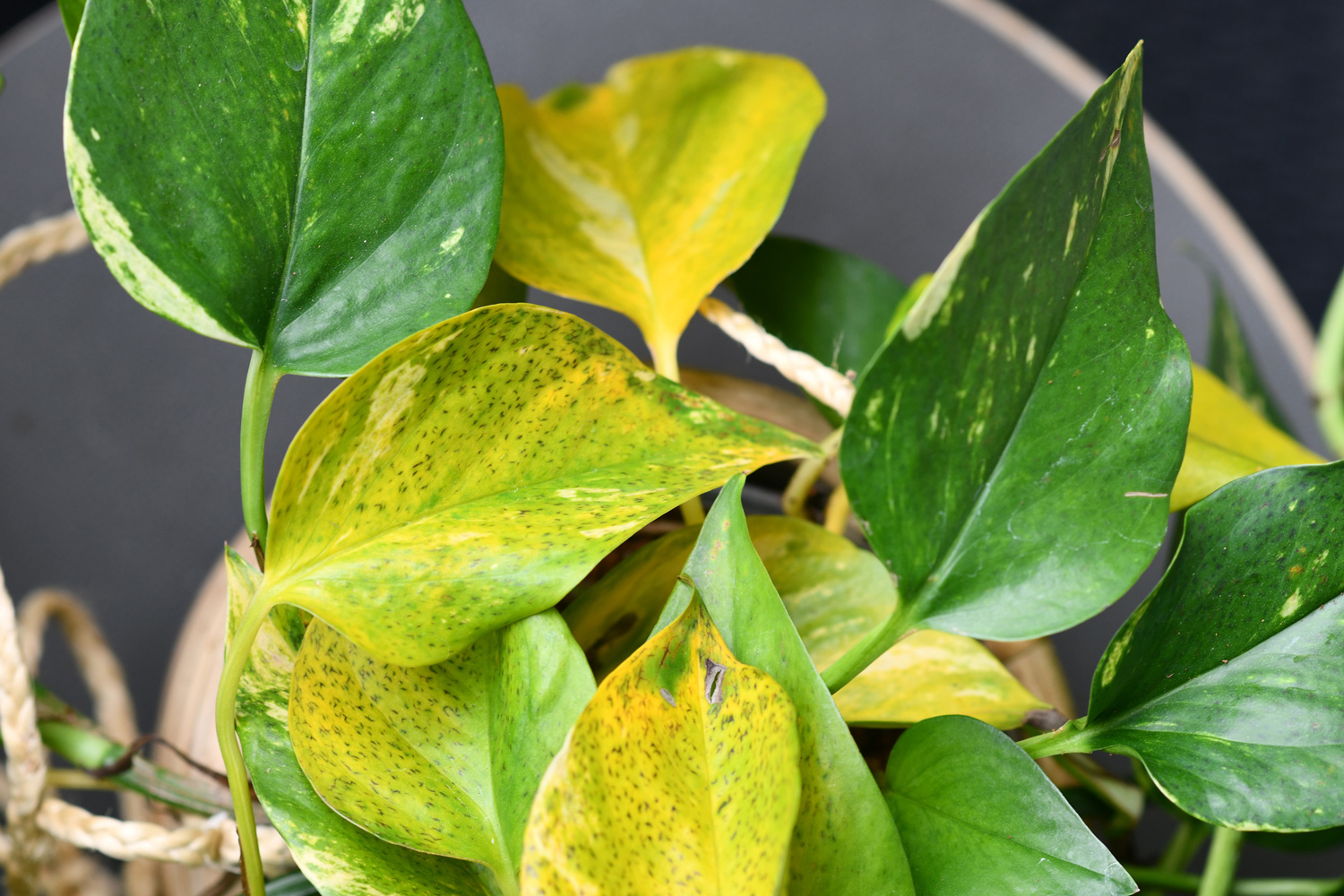
Black Spots
The appearance of black spots in pothos could be a sign of overwatering and exposure to low temperatures. If the dark spots are an isolated case or they appear on a certain part of the plant, then the temperature is quite cold. However, if the spots are slowly spreading around the entire plant, the roots are most likely the cause.
Check if the roots are black, smelly, and rotting. If this is the case, gently wash the soil off the roots with running water, then start pruning the decaying areas. Place the pothos in fresh soil and pot with a good draining system.
Yellowing Of Leaves
Too much water and moisture is the main cause of yellowing leaves. This plant does not grow well in damp, soggy soil. Make sure to meet the general water requirements to avoid leaf discoloration.
Sagging Leaves
Sagging leaves is the result of low humidity and dry soil. Start by watering your pothos as needed. At this stage, do not let the soil be totally parched. If this is the case, soak the roots with water for at least 45 minutes. This will replenish the plant and relatively help in its recovery. To increase humidity, surround your vine with other plants.
Brown Spots
Excessive watering, under-watering, and too much direct sunlight are the causes of browning. The main reason for this issue, depends on the appearance and overall texture of the spots.
If the brown spots are darker and softer, you are most likely overwatering your plant. However, if these blotches are light and crisp, your vine needs plenty of water.
If the marks are companied by a burnt appearance, put the pothos in a shaded area away from direct sunlight. Trim the scorched leaves to stimulate the growth of new and healthy foliage.
Why Are Pothos Leaves So Small (Stunted Leaves)?
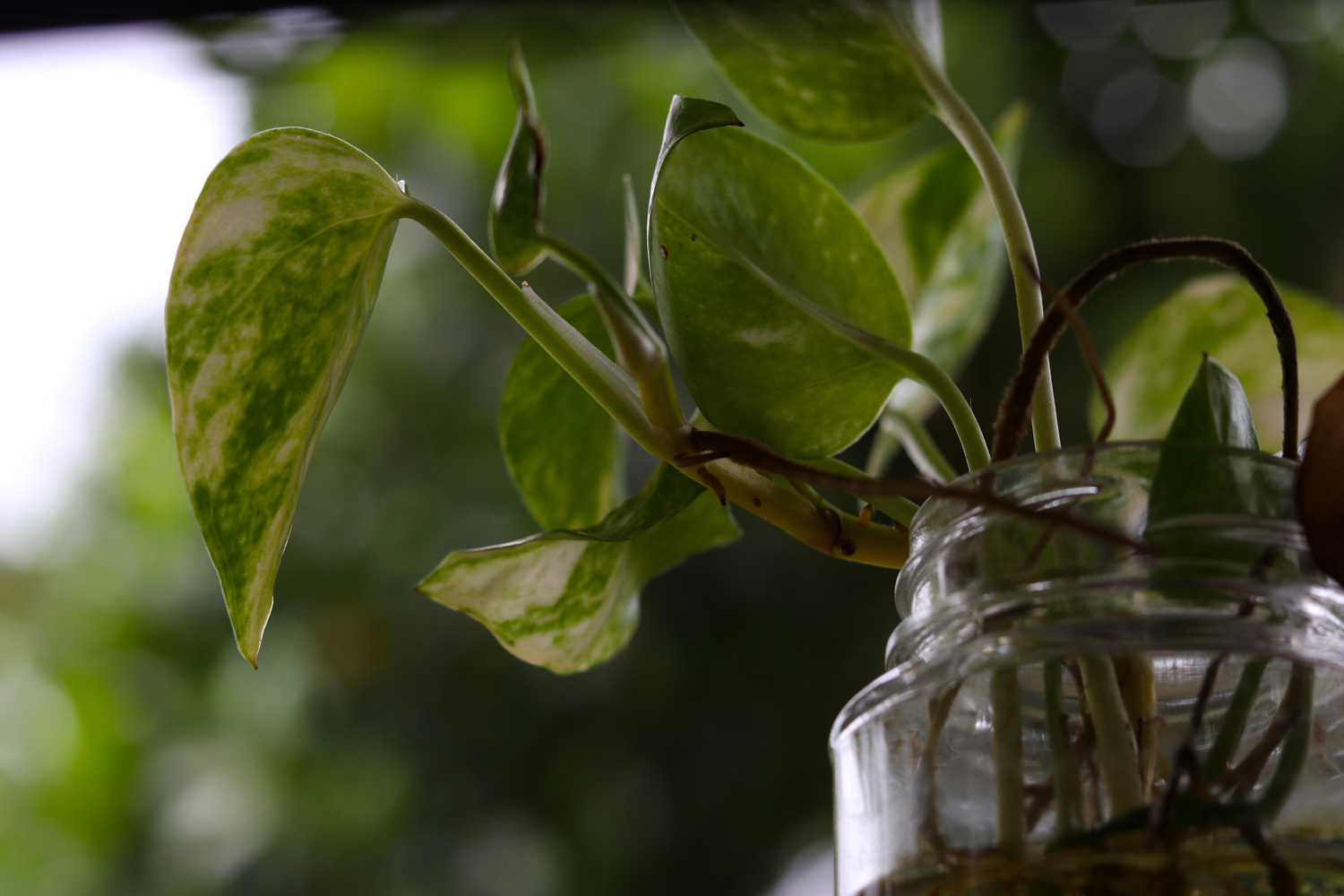
Pothos leaves can grow over one foot in length if they are in their natural habitat, however, when taken care indoors, the size ranges from 4 to 8 inches, depending on the type and variety you own.
Less sunlight exposure, lack of nutrients, overwatering and underwatering, temperature, and humidity are all factors why your pothos have stunted or small leaves. Here is a detailed explanation of the causes and how to solve them.
Less Sunlight Exposure
Before we address the issue, we need to understand the importance of sunlight. It is essential for the growth of plants because it is crucial in the process of photosynthesis. Photosynthesis is the method by which plants make their own food.
The leaves contain chlorophyll which is a chemical that absorbs the sun's energy. During photosynthesis, this absorbed light is combined with carbon dioxide and water all of which are converted to carbohydrates.
Carbohydrates basically serve as the food of the plant because it is used in the formation of cell structures which are relatively important in plant growth and development.
Chlorophyll is a compound that allows the plant to use or "synthesize" light or "photo" as energy hence the term photosynthesis.
If your pothos cannot absorb enough sunlight, it cannot make sufficient food for itself that is why the leaves become small. The stem also grows thinner, and it elongates in search of more light. Although this plant can adapt to low-light environments, not enough solar energy will make it unhealthy.
Solution:
Simply place your plant in areas within your home or garden where it can get its needed sunlight requirements. This will promote larger leaves, thicker stems, and overall, a healthier plant.
Lack Of Nutrients

Too little and too much fertilizing is also detrimental to the plant itself. Smaller leaves are a sign of nitrogen deficiency. To remedy the problem, use fertilizers with high nitrogen contents.
Watering
Inconsistent watering is a reason for stunted or leaf shrinkage because the plant basically finds ways to adapt to the environment. When your pothos does not get enough water, nutrients cannot circulate throughout the plant's system. Because of this, the leaves cannot grow to their regular size.
Always check if the soil is dry. Water the plant as needed.
In Closing
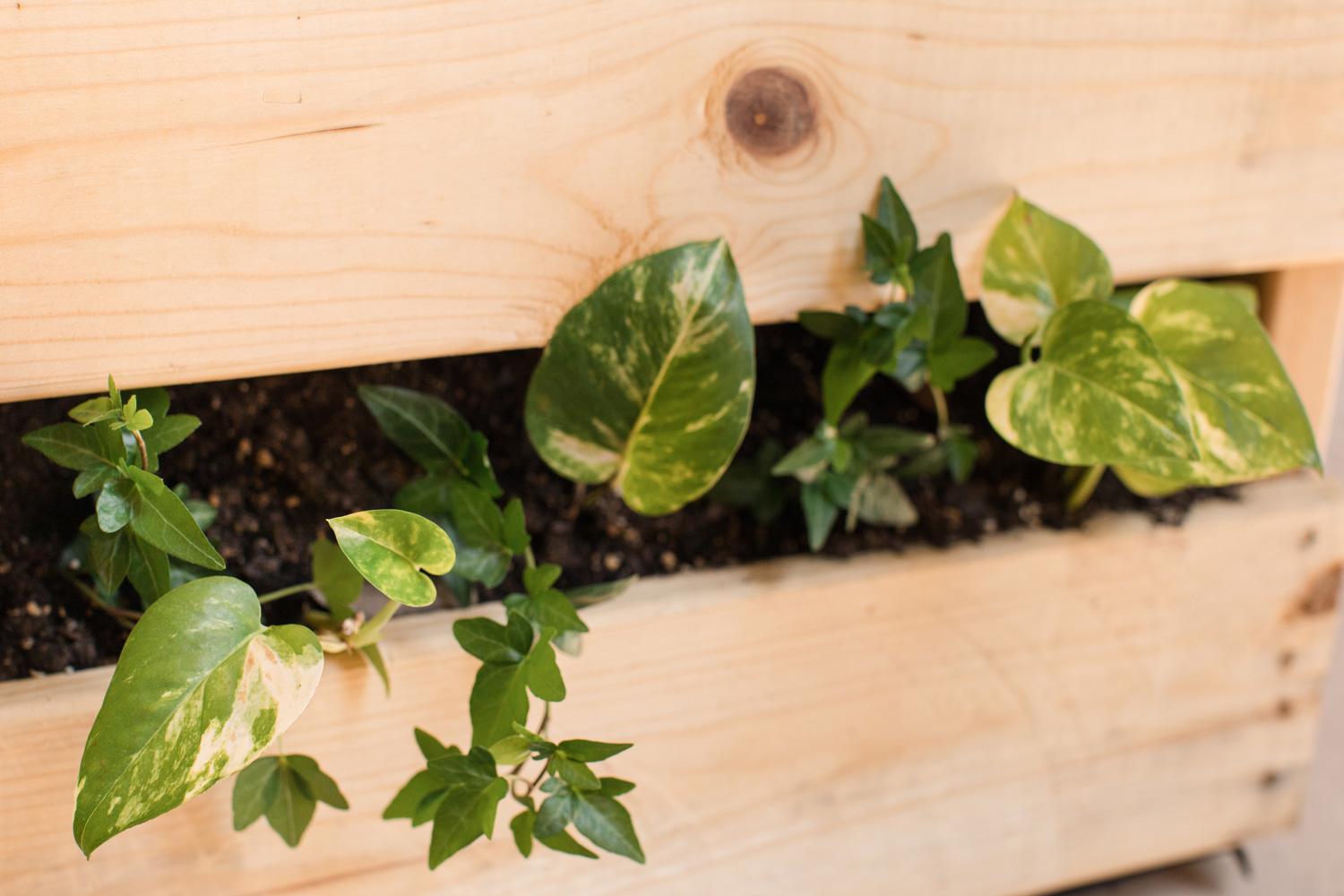
Pothos grows best in moderate to slightly warmer temperatures, do not need too much fertilizing, and require a regulated amount of water in order for them to thrive and grow healthy. We hope this article proved to be helpful regarding the proper care for this plant. Happy Planting!
